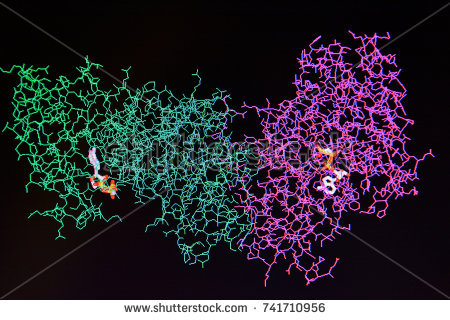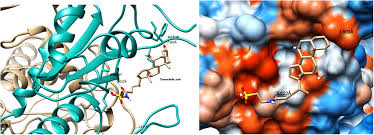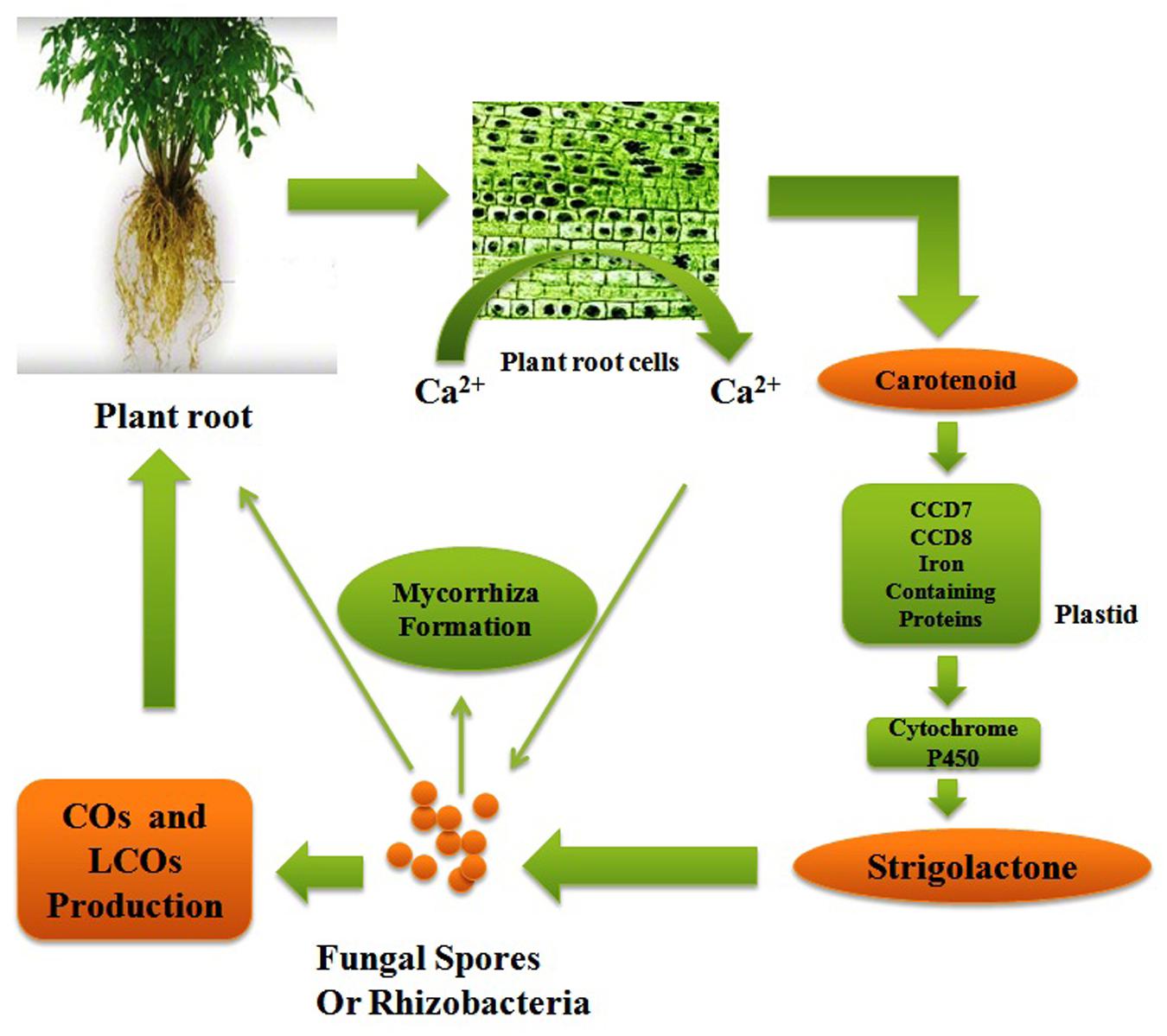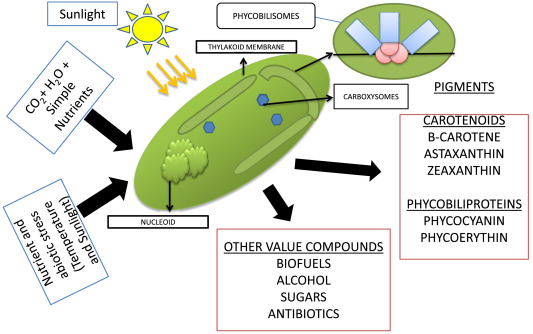Research Areas
Enzyme Technology and microbial bioremediation
There has been a rapid expansion of the knowledge base in the field of enzyme biotechnology over the past few years. Much of this expansion has been driven by the bio-discovery of many new enzymes from a wide range of environments, some extreme in nature, followed by subsequent protein (enzyme) engineering. These enzymes have found a wide range of applications, ranging from bio remediation, biomonitoring, biosensor development, bioconversion to biofuels and other biotechnologically important valueadded products, etc.. The persistent disposal of xenobiotic compounds like insecticides, pesticides, fertilizers, plastics and other hydrocarbon containing substances is the major source of environmental pollution which needs to be eliminated. Many contemporary remediation methods such as physical, chemical and biological are currently being used, but they are not sufficient to clean the environment. The enzyme based bioremediation is an easy, quick, eco-friendly and socially acceptable approach used for the bioremediation of these recalcitrant xenobiotic compounds from the natural environment. Several microbial enzymes with bioremediation capability have been isolated and characterized from different natural sources, but less production of such enzymes is a limiting their further exploitation. The genetic engineering approach has the potential to get large amount of recombinant enzymes.

Protein Bioinformatics, systems biology
For rational metabolic engineering, the elucidation of metabolic pathways in fine detail and their manipulation according to requirements is the key to exploiting the use of microalgae. Emergence of site-specific nucleases has revolutionized applied research leading to biotechnological gains. Genome engineering as well as modulation of the endogenous genome with high precision using CRISPR systems are gaining interest.

Plant microbe interactions
The structure and function of proteins involved in plant-microbe interactions is investigated through large-scale proteomics technology in a complex biological sample. Since the whole genome sequences are now available for several plant species and microbes, proteomics study has become easier, accurate and huge amount of data can be generated and analyzed during plant-microbe interactions. Proteomics approaches are highly important and relevant in many studies and showed that only genomics approaches are not sufficient enough as much significant information are lost as the proteins and not the genes coding them are final product that is responsible for the observed phenotype. Novel approaches in proteomics are developing continuously enabling the study of the various aspects in arrangements and configuration of proteins and its functions. Its application is becoming more common and frequently used in plant-microbe interactions with the advancement in new technologies. They are more used for the portrayal of cell and extracellular destructiveness and pathogenicity variables delivered by pathogens. This distinguishes the protein level adjustments in host plants when infected with pathogens and advantageous partners. This review provides a brief overview of different proteomics technology which is currently available followed by their exploitation to study the plant-microbe interaction.

Microalgal biotechnology
Depleting non renewable fuels pave the way to switch towards ecofriendly renewable energy source. Microalgae have the capacityto sequester greenhouse gas and transform into value added products.The biodiesel yield is 20 times higher than other oil crops, the energy efficient pathway for the conversion of biomass to biofuel to be applied in commercial level and recent development regarding unifying framework towards policy making for biofuel. Microalgae as the name suggests are of smaller size (3–30 lm). Negative charge and low concentration are the key factors for stability in a suspended form. This stability makes the harvesting process more challenging


Enzyme Technology Research Group